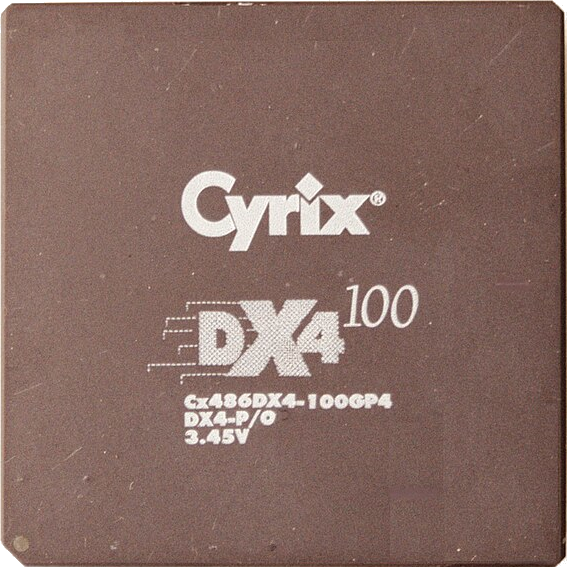The guide mentions:
Your ISP will give you the first 64 bits, and your host machine will have the last 64 bits.
This isn't correct. While some ISPs do give you the first 64 bit (a /64 prefix), this isn't recommended and not terribly common either. An ISP should give its users prefixes with less than 64 bit. Typically a residential user will get a /56 and commercial users usually get a /48. With such a prefix the user can then generate multiple /64 networks which can be used on the local network as desired.

That's good, I never liked the clunky
.home.arpadomain.